How To Post Add On Property Finder

Improving Image Quality in Belongings Finder
![]()
Property Finder is a real estate marketplace in the Center East, and our purpose is to help consumers find the perfect home. Our user feel is optimized to enable users to effortlessly navigate through an all-encompassing set of holding choices without leaving their home. After picking their preferred options, we also provide easy ways for users to contact real estate agents who can assistance further.

Although nosotros're continuously optimizing and improving our user experience, there are e'er new areas of opportunity.
Nosotros have strong methods for gathering user feedback, and while most of this feedback is positive, focusing on the negative feedback allows u.s. to progress.
The Tweet above reveals a user dissatisfied with the quality of some of our listings. To manually examine more than than 100,000 daily active listings is not easy, and while splitting the task betwixt many people might get the chore done, it would not be cost-efficient.
To provide groundwork, here's the process for property-content creation currently:
- A property possessor who wants to sell or hire a property approaches an amanuensis.
- The agent and the owner sign a contract that contains the characteristics of the holding, plus additional details.
- Depending on the agent's upkeep, he/she can either rent a professional person photographer to take pictures of the property, take the photos themselves with a phone or photographic camera, or go images from the property owner.
- The agent creates a title and a clarification and transcribes some of the characteristics of the holding into Holding Finder'due south Director application, or through a Client Relationship Management (CRM) system.
- The agent submits the information.
As mentioned in the official quality score guide, the only considered quality factor for images is the number of pictures. If the agent uploads ten images, even if they are repeated, it gets a perfect score in that department. Consequently, there is non a special incentive for agents to upload good images.
Objectives
- Create an algorithm that allow us to quantitatively detect poor quality images.
- Blueprint a set of actions to improve the overall quality of Property Finder images.
Characteristics of images on depression-quality listings
Duplication
Given the electric current definition of image quality, one of the about common cases of low-quality listings is the inclusion of i or more duplicated images. This oftentimes happens because agents practice non have enough images to fill our x-image quota. For instance, unfurnished backdrop, or properties without enough space to capture several shots. Imagine taking ten different pictures of a studio. Duplicated images do non add value to the user, and consume valuable search time.
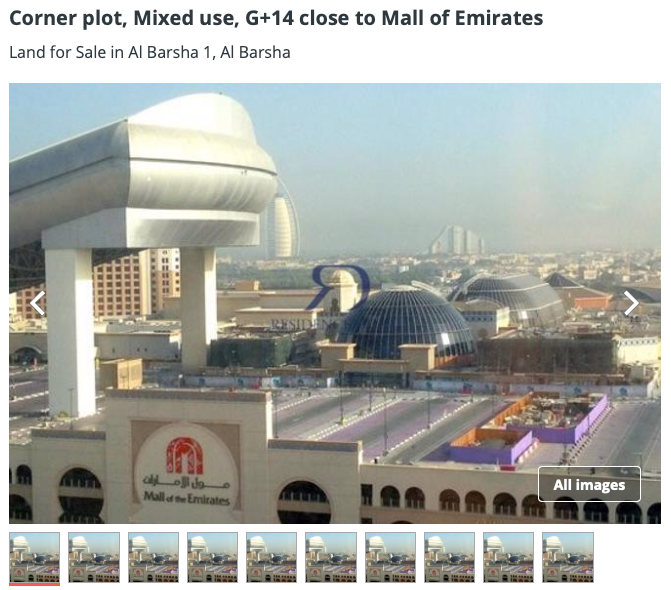
Noisy images
Noisy images result when the photographer does non focus the shot correctly. These days, nearly cameras have incorporated auto-focus algorithms; however, information technology is all the same mutual to run across noise in list images. The most mutual types of noise in our listings are: blurriness, compression, and poor lighting atmospheric condition. Noisy images are not desirable because they decrease the user experience by obscuring the modest, however essential details of the property'due south surfaces.

Currently, some image noise is caused by the fashion shrink images to improve the website loading time. Going forrad, having an approximation of a quality score volition help us to optimize the image pinch algorithm without compromising the site's functioning.
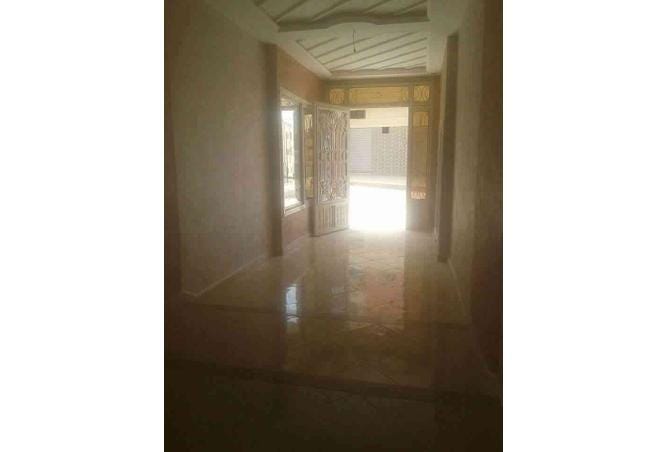
Arroyo
First of all, we wanted to select an algorithm that takes an epitome as input and returns a score from 0–100. A few well-known algorithms tackle the problem, including DIIVINE, BLIINDS2 and BRISQUE. These are hybrid algorithms that rely on the distribution of natural scene statistics (NSS). In theory, the distribution of NSS in distorted images (bad-quality) is unlike from expert quality images. Offset, NSS features are calculated for each paradigm; second, the NSS features are mapped to the corresponding quality score using auto-learning algorithms.
Cutting-edge methods rely on deep learning to map learned features to the relative scores. The main disadvantage is that they require a large number of samples to work accurately.
In the finish, we selected BRISQUE considering it is efficient (for the method details click the link beneath) and, according to the bibliography, performs well. On boilerplate, it takes 0.2 seconds to process one paradigm and the correlation of the algorithm and the relative quality score is higher than 0.92 on benchmarks like Alive IQA and TID2008.
Results
We ran the quality assessment algorithm across all the pictures on our site and took the boilerplate per list to summate an image quality score. The quality assessment algorithm is not perfect; nonetheless, afterwards applying information technology to the complete set of images in a list, information technology worked well in separating out listings with desired images against lousy ones. The difference of accuracy between our database and the benchmarks was a picayune bit disappointing, though we expected this due to the benchmarks existence created using synthetic noise.

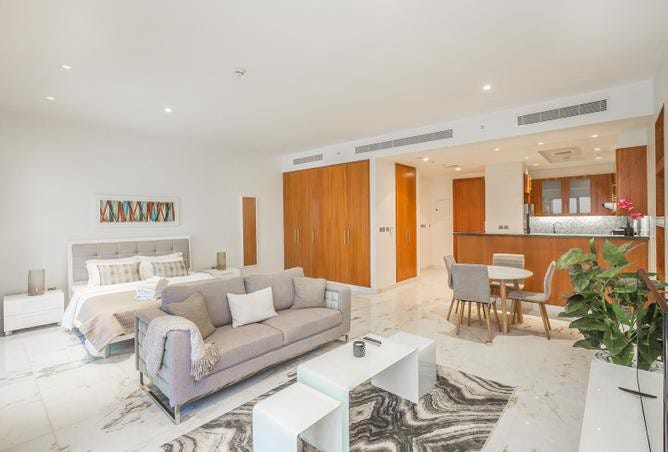
The distribution of the epitome quality score presents a skew to the left, meaning that the dispersion of the low-quality images is much higher than the ones with good quality. Nearly of the pictures are of regular quality.
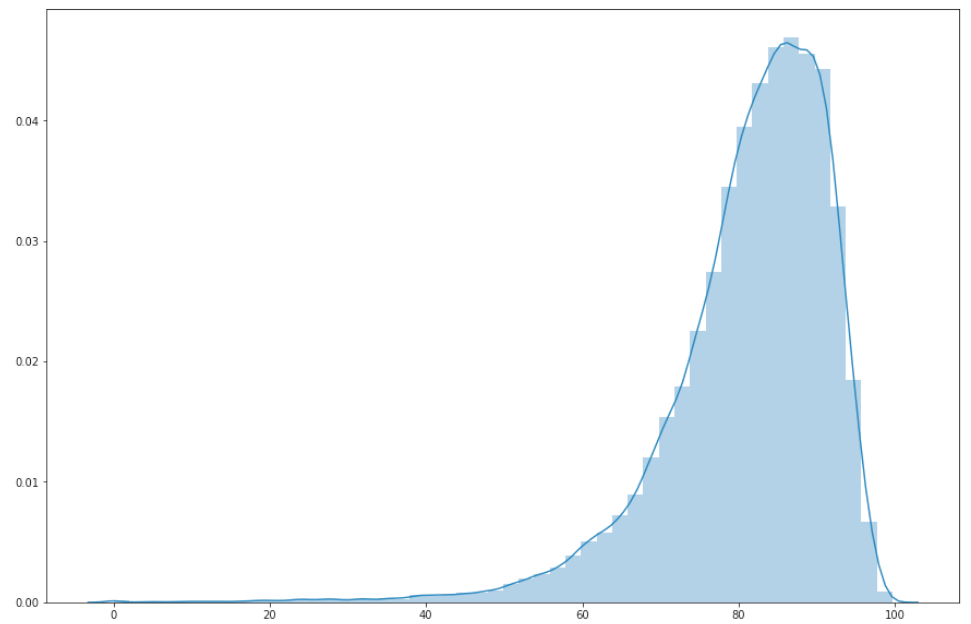
In Fig viii, below, you can see that the average image quality score on our site is lower than before. Thus, it is urgent that we accept deportment and start rewarding the agents that are doing an first-class chore regarding the quality of the images they upload.
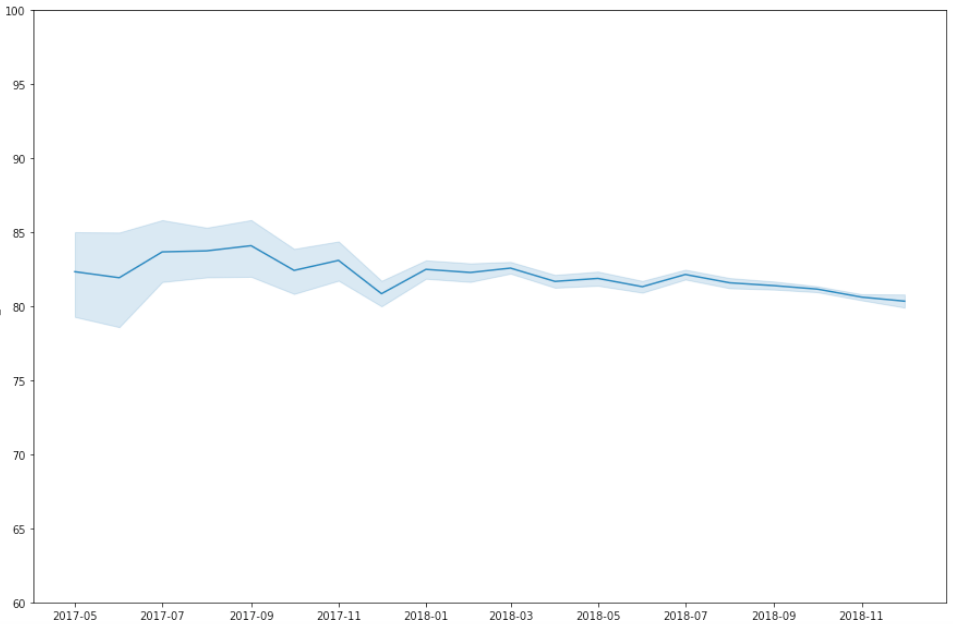
Touch on of paradigm quality to listing views and leads
We ran some experiments to predict the event of the paradigm quality score on list views and leads, including some control variables (holding price, location, offering blazon, time online, and more) to isolate it. Listings with a regular quality score (from 85–95) compared to low quality score (0–60) had 20% more listing views, and listings with an excellent quality score (95–100) showed 30.85% more views.
Additionally, listings with a regular quality score had 24.43% more leads than low quality ones, and listings with an first-class paradigm quality score had 49.62% more leads than low quality score listings.
Next steps
The next step is to include the listings quality score into our ranking algorithm to encourage brokers and agents to improve the quality of their content.
Conclusions
We are continuously listening to our users, and i of the most common complaints is the quality of the images on our listings. We depend on agents to be careful and creative when creating their content. However, nether the current weather, in that location is a lack of incentive for agents to provide the best images, which is why we are investing in this area. The BRISQUE algorithm proved to be a more-than-satisfactory solution to uncovering the effect of image quality on listing views and clicks. Furthermore, it enables us to have constant communication with agents to aid them enhance their content.
If you liked this article and desire to be part of our brilliant team of engineers which produced it, then have a await at our latest vacancies here .
Source: https://medium.com/propertyfinder-engineering/improving-property-finders-content-quality-e639f944934b
Posted by: franksconot1980.blogspot.com


0 Response to "How To Post Add On Property Finder"
Post a Comment